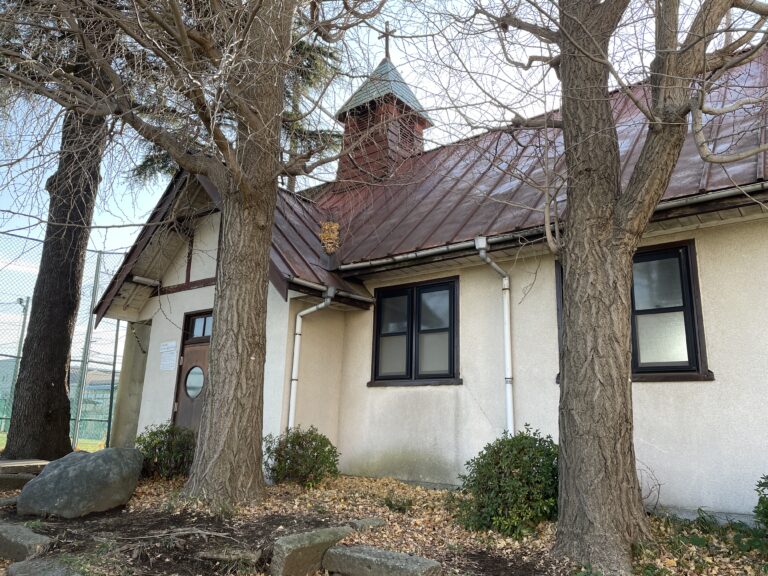The most influential and prolific foreign architect in Japan never had any formal training. William Merrell Vories (1880–1964) was born in Kansas and attended Colorado College, arriving in Japan in 1905 as an English teacher. Entirely self-taught, he designed over 1600 structures during his long career—a shining tribute to determined autodidacticism, and possibly to English teachers!
Vories spent most of his life in the small town of Ōmi-Hachiman, on the shore of Lake Biwa. As a lay missionary, he had close ties to the YMCA movement, and his first design was its local headquarters. Over twenty of his structures can still be seen in the town, where in 1918 he also shrewdly founded a business to import and eventually manufacture Mentholatum, a skin ointment, to support Christian evangelism with its profits. This led to commissions to build Protestant churches and university campuses across the country, including Kansai Gakuin and Dōshisha in the Kansai area and Seinan Gakuin in Fukuoka. The mountainous summer retreat of Karuizawa boasts many Vories designs, including the tennis club where then-Crown Prince Akihito first met his future wife, Michiko.
Two Vories buildings survive in Yokohama. In 1931 he designed the half-timbered Tudor-style main building of Kyōritsu Gakuen, a girls’ school in Yamate, designated by the city as a cultural property. His 1937 YMCA Chapel on the Hiyoshi campus of Keiō University is unusual, as Keiō has no religious affiliation. However, after Vories built the Daimaru department store in Ōsaka, its president (a Keiō graduate) recommended him. Vories fostered such connections with those of influence, and his marriage into the aristocratic Hitotsuyanagi clan helped his career.
On the eve of the Pearl Harbor attack, Vories took Japanese citizenship. Despite this decision, he became a trusted advisor to General MacArthur following Japan’s defeat, serving as a link between the U.S. Occupation and the Imperial family. He was instrumental in Hirohito’s renunciation of his divinity, ensuring the survival of the monarchy. His career continued for decades, and his Ichiryūsha architectural firm is still active long after his death.


